Hyogo prefecture (Kinki area) (Hyougo)
Kobe
Mosaic Mall
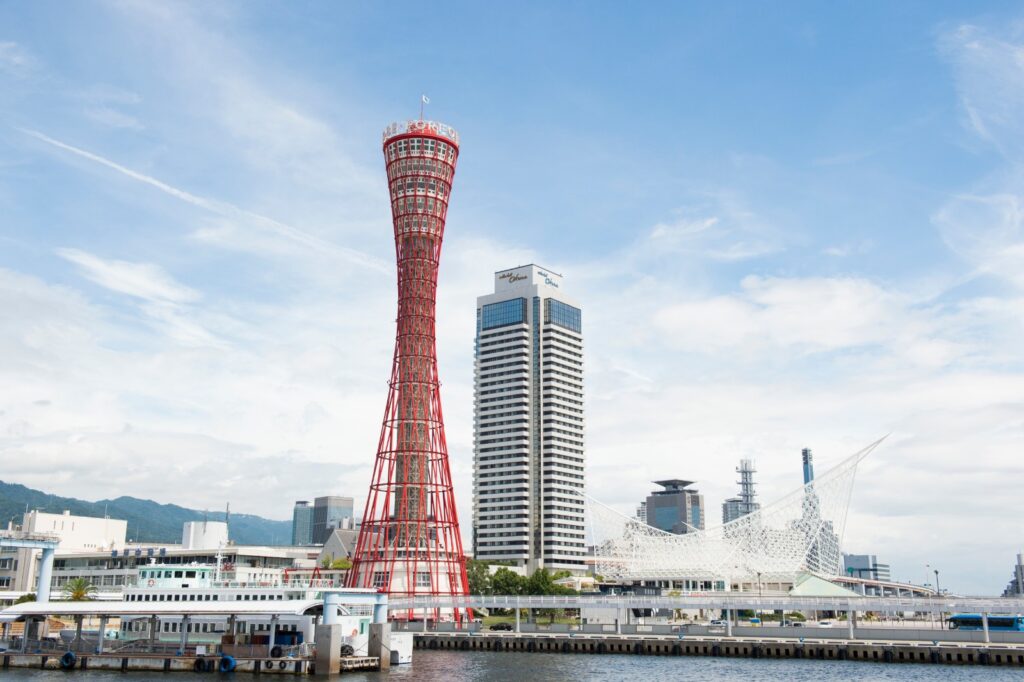
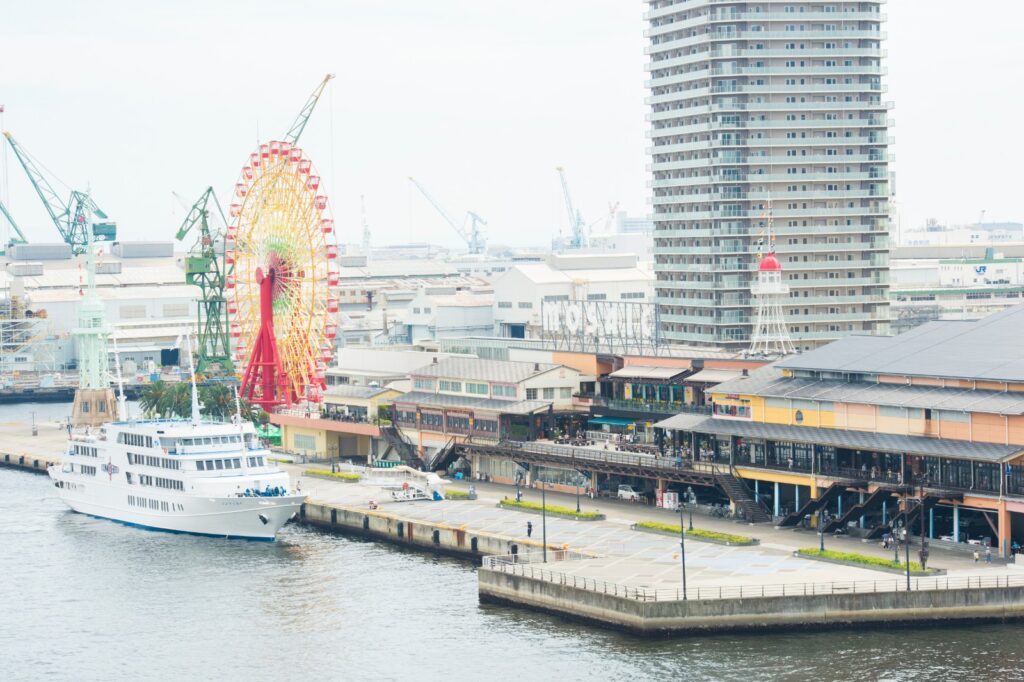
Kobe Mosaic Mall is a commercial facility located in the Kobe Motomachi neighborhood of Chuo Ward, Kobe City, Hyogo Prefecture. As its name suggests, the mall is a mosaic of various stores and restaurants. Located near tourist attractions such as the historic Ijinkan (foreign residences) and the Motomachi shopping district, it is well known by many tourists and locals.
Kobe Mosaic Mall is characterized by its brick exterior and historical atmosphere, giving visitors a sense of a traditional townscape. The atmosphere is reminiscent of a European townscape, making it a fun place just to stroll around.
Chinatown
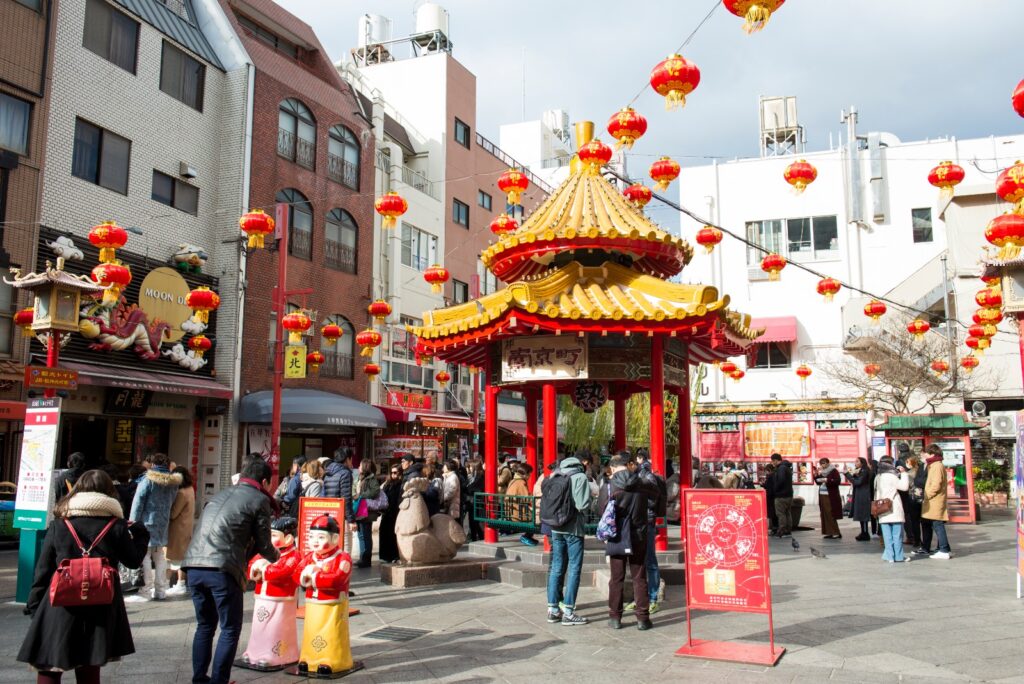
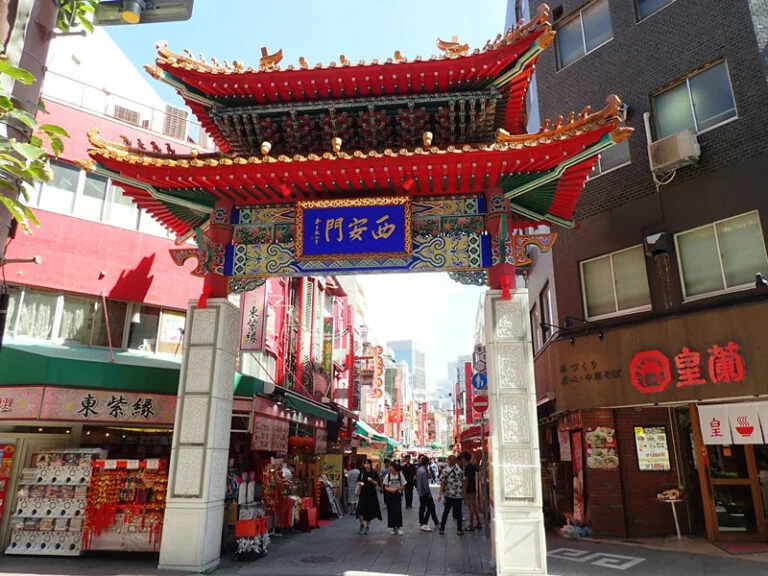
It is one of the most famous Chinatowns in Japan, stretching around Nankinmachi and is known for its history and unique atmosphere. Kobe Chinatown has a history dating back to the Meiji Era and is a popular tourist spot visited by many people.
Kobe Chinatown is lined with many Chinese restaurants and eateries where you can enjoy the authentic taste of China. From famous Chinese restaurants to locally owned restaurants, you can taste a wide variety of cuisines.
Hakutsuru Sake Brewery Museum
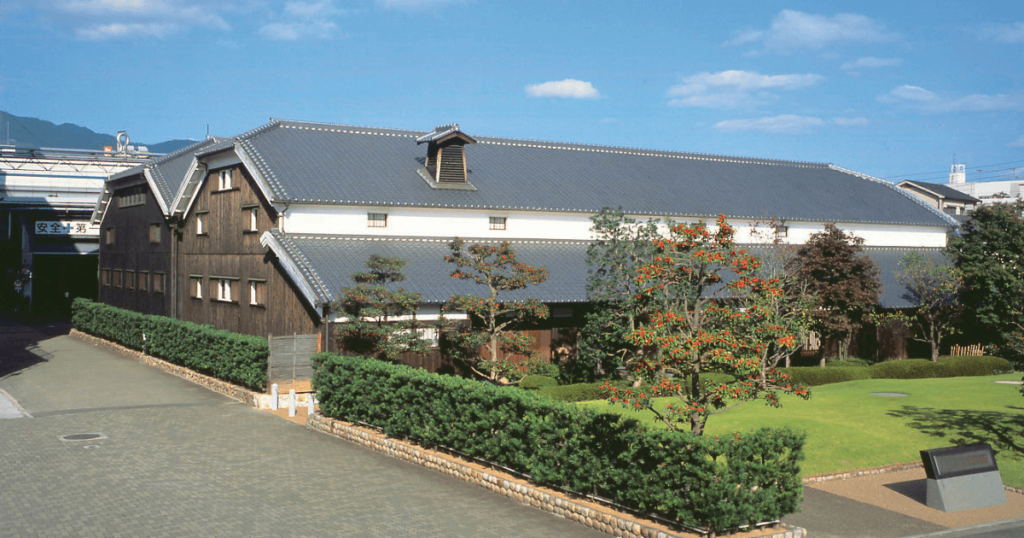
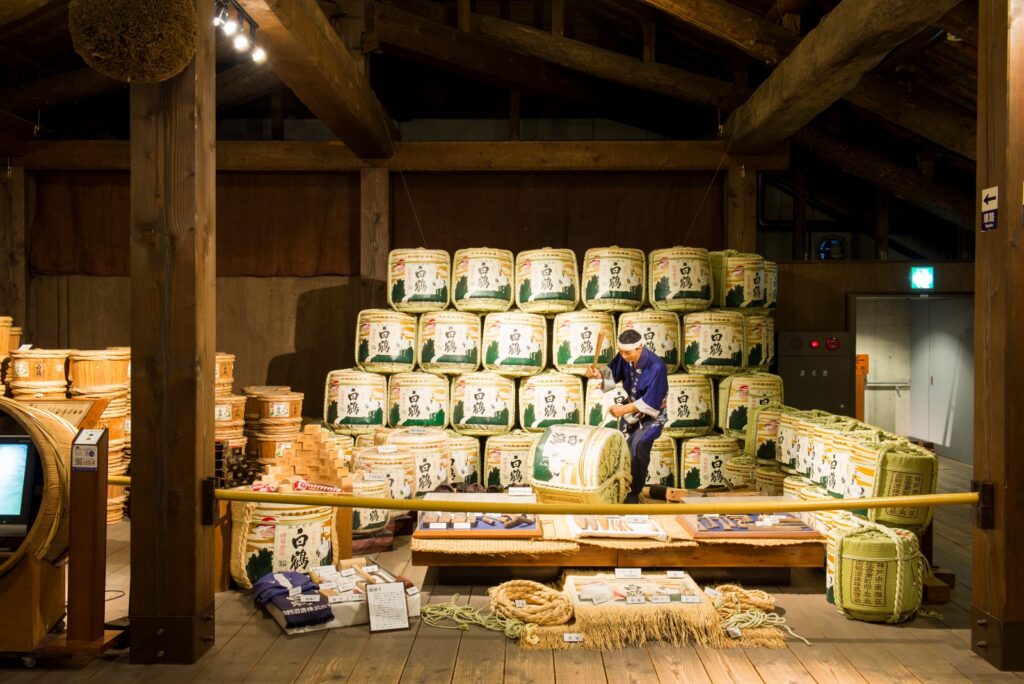
The Hakutsuru Sake Brewery Museum is a museum in Kobe, Hyogo Prefecture, that introduces the history and culture of sake. Hakutsuru Sake Brewery has been brewing sake using traditional methods for more than 150 years since its establishment.
In the museum, there are exhibits and explanations about the history of Hakutsuru Sake Brewery, its production methods, and the appeal of sake. Visitors can learn about the actual sake brewing process, including the brewery’s buildings, equipment, and tools used in the brewing process.
Memorial Park
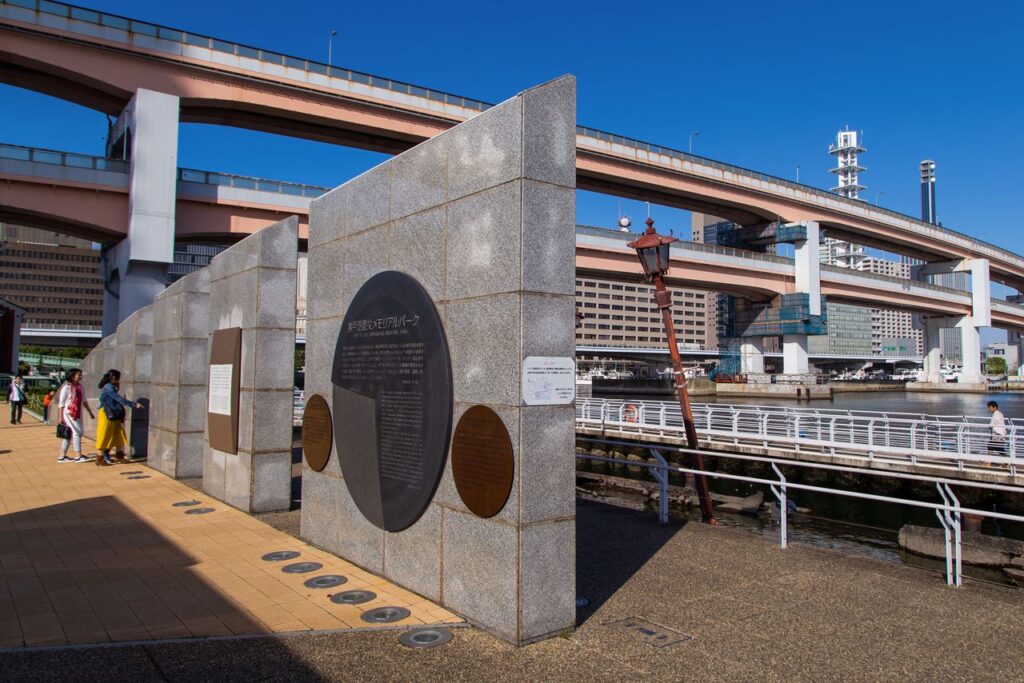
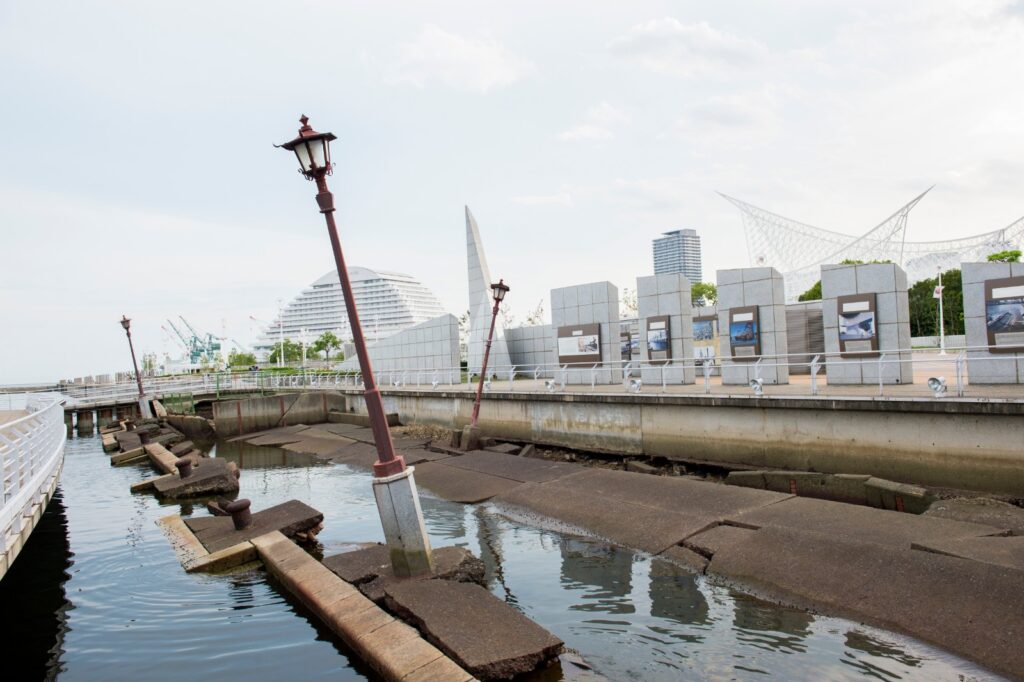
Kobe Memorial Park, located on Port Island in Chuo Ward, Kobe City, Hyogo Prefecture, was built in memory of the victims of the 1995 Great Hanshin-Awaji Earthquake and in hope for their recovery. The park was redeveloped from a portion of the area damaged by the earthquake to provide a quiet place to mourn the victims.
The Kobe Memorial Park contains memorial facilities, monuments, and trees planted for the comfort of the dead. The park also has a museum that exhibits records of the earthquake and the progress of reconstruction.
In the park, there is a cenotaph, a memorial tower, and a memorial square for the victims of the Great Hanshin-Awaji Earthquake. The park also has a waterfront and green areas where visitors can spend their time in peace and quiet.
Ijinkan
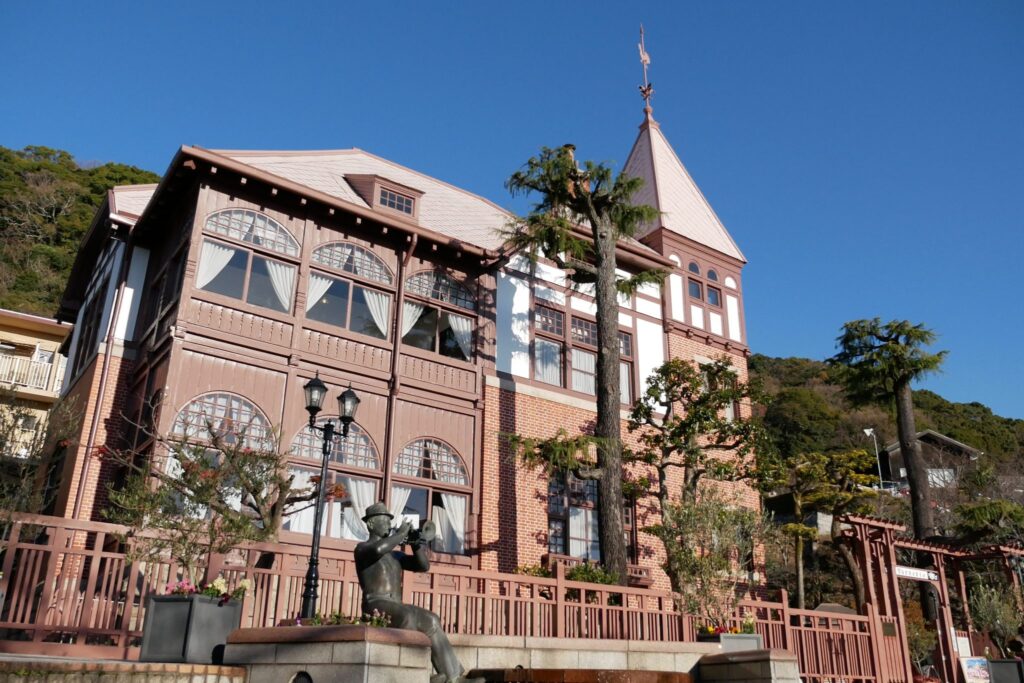

Kobe has a history of flourishing as a foreign settlement from the end of the 19th century to the beginning of the 20th century. Western-style buildings constructed during that time are still preserved and open to the public as ijinkan.
Ijinkan are distinctive buildings that retain the Western architectural style and atmosphere of their time, but also take into consideration the Japanese climate. These buildings were once used as residences and trading houses for foreigners, and are now open to the public as tourist attractions. The diversity of the buildings, with architecture from different countries such as England, France, Germany, and the U.S., is one of the attractions of this area. Inside the building, there are also exhibits and a museum that showcases the lifestyle and culture of the time.
The Ijinkan District is a popular walking course with its historical architecture and atmosphere. Tourists can visit the Ijinkan District to feel the atmosphere of those days and enjoy the retro cityscape.
Arima Onsen
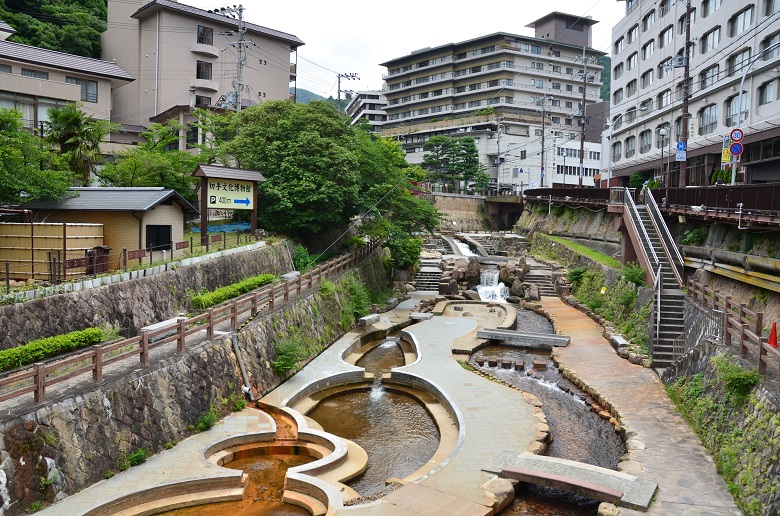
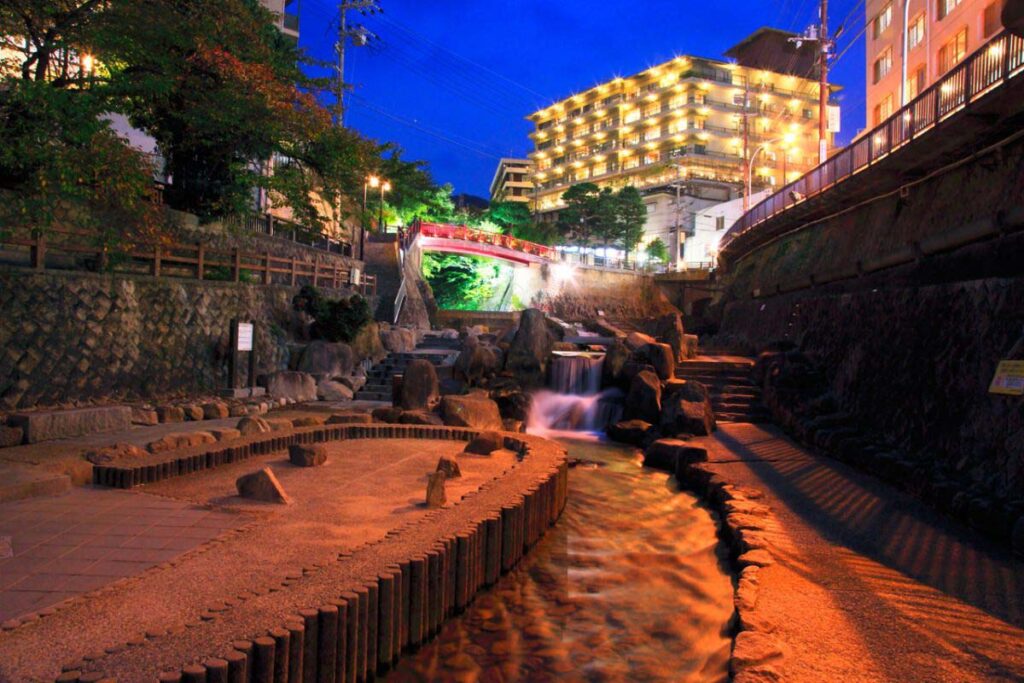
Arima Onsen is one of the oldest hot spring resorts in Japan. Arima Onsen has been loved by aristocrats, warriors, writers and artists since ancient times, and is dotted with many historical buildings and places of interest.
There are many historical sites and sights to see here. Highlights include temples such as Arima Temple, Arima Park, and Kinsenji Temple, as well as buildings that retain the atmosphere of the Meiji era. Visitors can also enjoy local specialties and souvenirs in Arima Onsen Town.
Arima Onsen is located in a mountainous area rich in nature, where visitors can enjoy the scenery of the four seasons. Especially during the season of autumn leaves, the beautiful scenery attracts many tourists.
Himeji Castle (World Heritage)
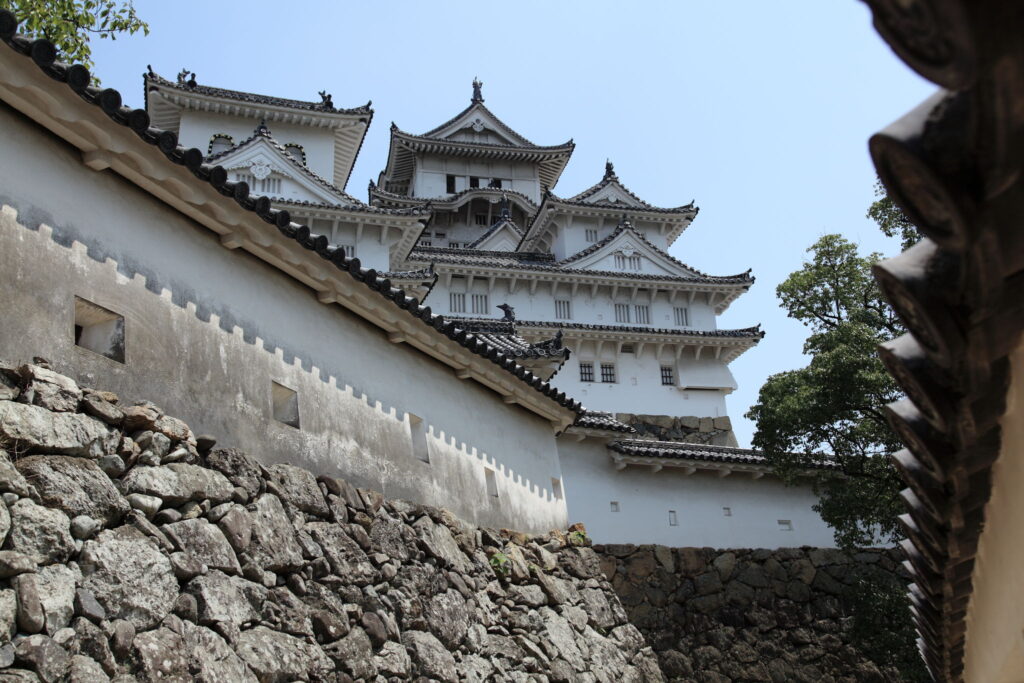
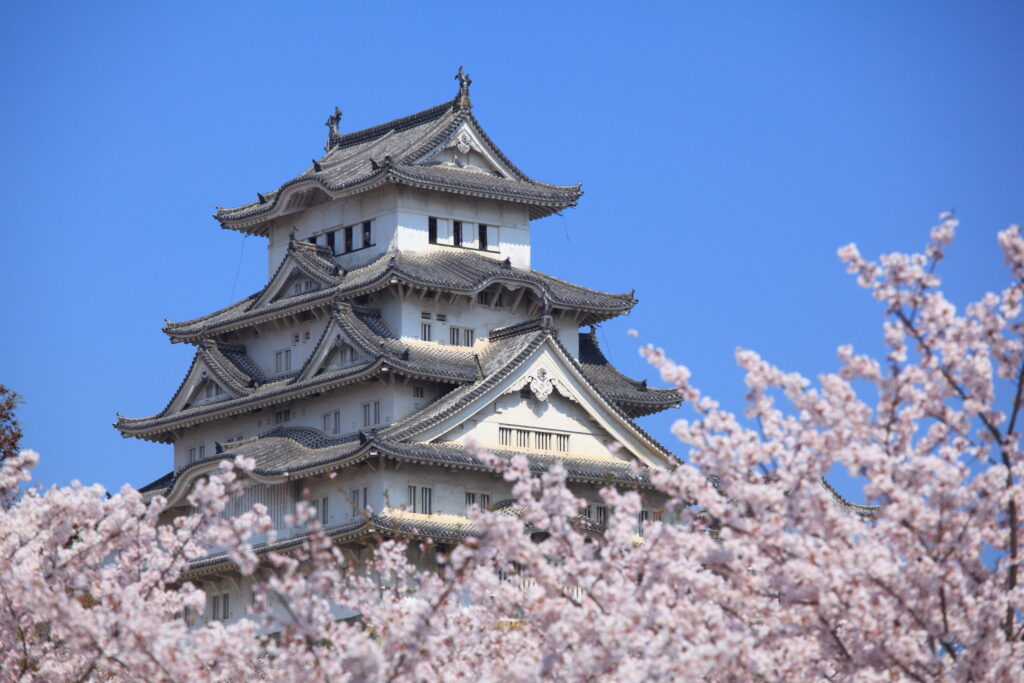
Himeji Castle, located in Himeji City, Hyogo Prefecture, is one of the most famous castles in Japan and is registered as a National Treasure and a World Heritage Site. Also known as Shirasagijo (White Egret Castle), it was named for its white exterior.
Himeji Castle was built about 400 years ago in the early Edo period (1603-1867), and although it has experienced many battles and fires since then, fortunately it has kept almost its original form and is one of the largest castles in Japan that can still be seen today.
Himeji Castle, also known as “White Egret Castle” for its beautiful exterior and strong defensive facilities, is known as an architectural structure that combines beauty and functionality. It is characterized by its unique white exterior walls, and attracts many tourists from Japan and abroad.
Mt. Rokko


Rokko is a mountain range in northern Hyogo Prefecture, straddling the northern wards of Kobe City and Nishinomiya City, and is one of the most popular mountain climbing and sightseeing destinations in the Kansai region. Rokko is dotted with many climbing courses and sightseeing spots centering on the summit of Mt. Rokko, which rises approximately 931 meters above sea level. The natural abundance of scenery and beautiful views are among the mountain’s attractions. From the summit, visitors can enjoy a spectacular view of Kobe city, Osaka Bay, Awaji Island, and even the Seto Inland Sea. The night view is especially famous, known as the night view of Kobe, and is one of the most visited spots by tourists.
Kinosaki Hot Spring
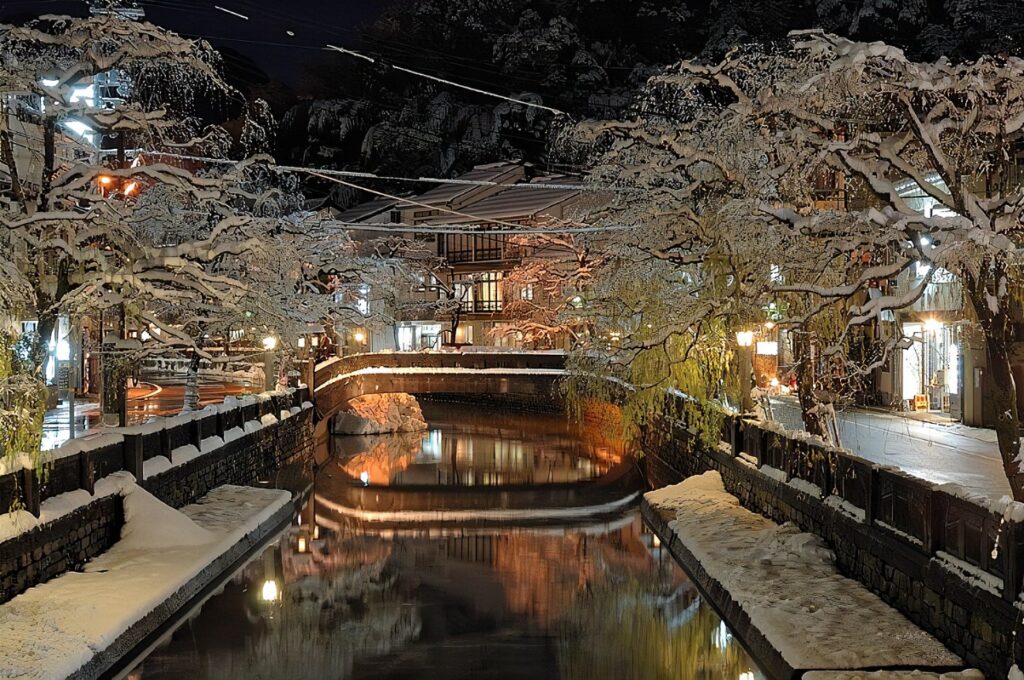
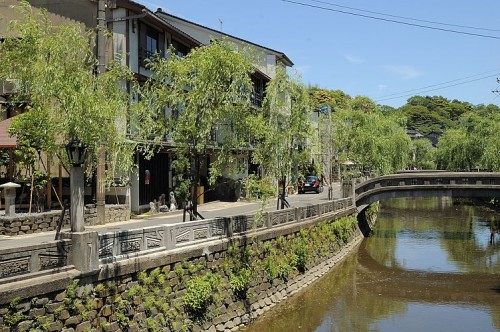
Kinosaki Onsen is a historic hot spring resort located in Toyooka City, Hyogo Prefecture, with beautiful natural scenery and historical buildings. Kinosaki Onsen is one of the three oldest hot springs in Japan and is known as one of the best hot spring resorts in Japan.
Kinosaki Onsen has seven different hot springs, each with different qualities. The spring qualities make it a popular destination for those seeking health and beauty benefits for their skin. In addition, many lodging facilities are available, and a stay at a ryokan or hotel is a great way to enjoy a fulfilling hot spring vacation.
Kinosaki Onsen is home to many historical buildings and cultural assets, especially in the hot spring resort area. One of the most famous is the Kinosaki Onsen Public Bath Association Kanoyu, known as one of the oldest public bathhouses in Japan. Visitors can also enjoy the townscape and restaurants that are full of the atmosphere of a hot spring resort from long ago.
Seto-ohashi Bridge

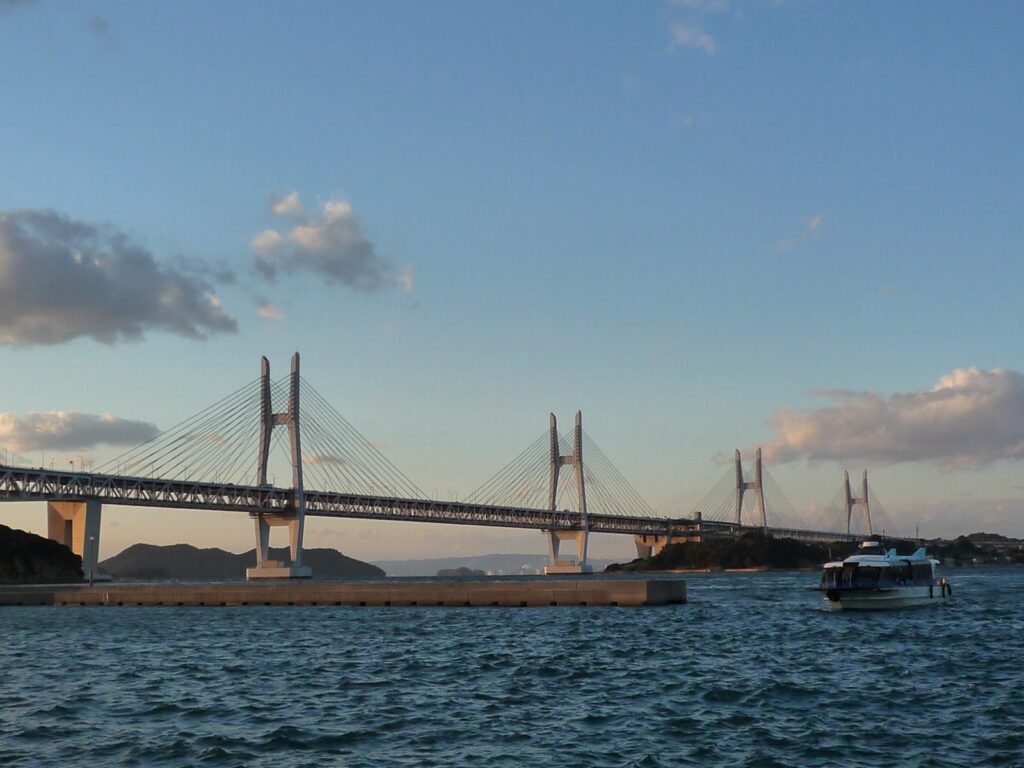
The Seto Ohashi Bridge is one of the largest bridges in Japan, connecting Kobe City, Hyogo Prefecture, and Sakaide City, Kagawa Prefecture. The bridge was built to connect Awaji Island with Honshu Island, and its total length is approximately 13.1 kilometers. Because of its outstanding technology and beautiful scenery, the Seto Ohashi Bridge has been selected as one of the top 100 scenic spots in Japan.
The Great Seto Bridge consists of three main bridges. They are a central suspension bridge called the Awaji Ohashi, and two cable-stayed bridges called the Awaji North Bridge and the Awaji South Bridge. These bridges not only connect Awaji Island to Honshu, but also serve as transportation hubs between the Sea of Japan and the Seto Inland Sea.
One of the attractions of the Great Seto Bridge is its spectacular scenery. Especially on a clear day, the beautiful scenery of Awaji Island and the Seto Inland Sea attracts many tourists. At night, the bridge is illuminated, creating a fantastic atmosphere.
Naruto Kaikyo Bridge Whirlpool

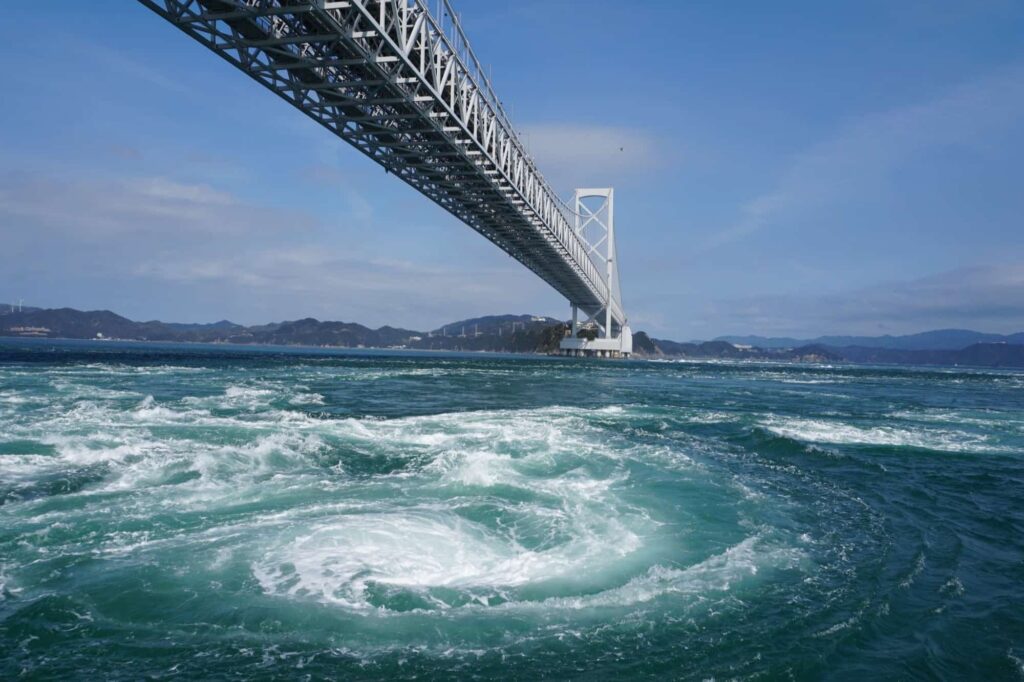
The Naruto Kaikyo Bridge connects Naruto City, Tokushima Prefecture, with Awaji Island, and is known for its characteristic scenery: whirlpools. This whirlpool is a phenomenon in which tidal currents are formed by the bridge piers and topography, sometimes creating large whirlpools or eddies.
The Naruto Straits, which connect the Seto Inland Sea and Osaka Bay, are known for their rapid tidal currents. Under the influence of the ebb and flow of the tide and ocean currents, seawater pushes against the piers and topography, resulting in whirlpools. Especially when there is a large difference in tidal levels or when the wind has an effect, large whirlpools are formed, and the spectacle is popular among tourists.
You can also observe the whirlpools from the Onaruto Bridge Memorial Museum and the Whirlpool Way in Naruto City.


